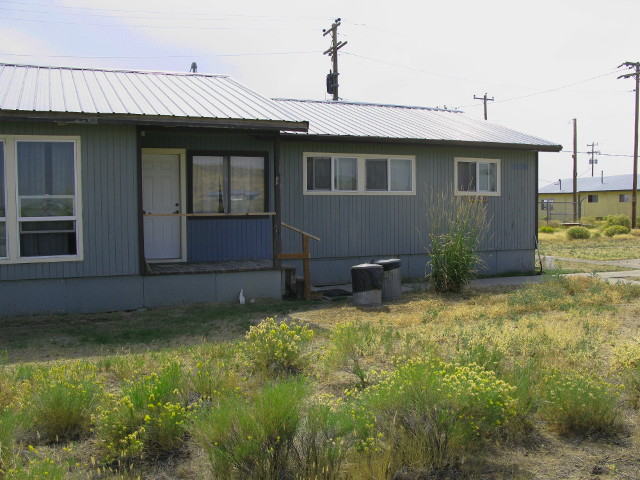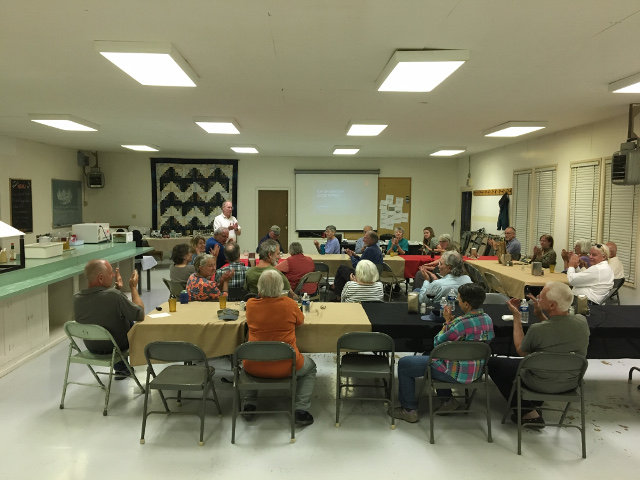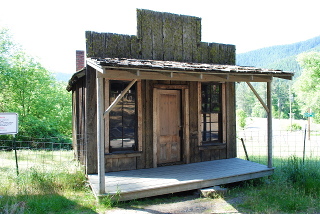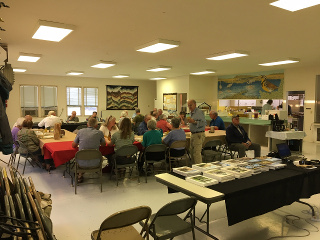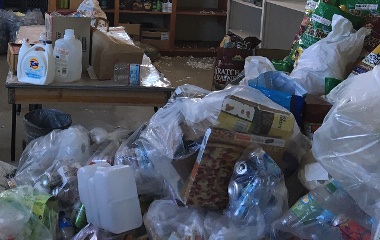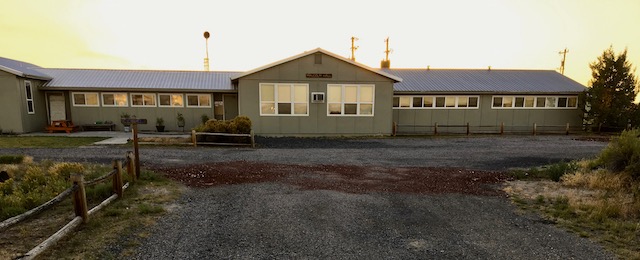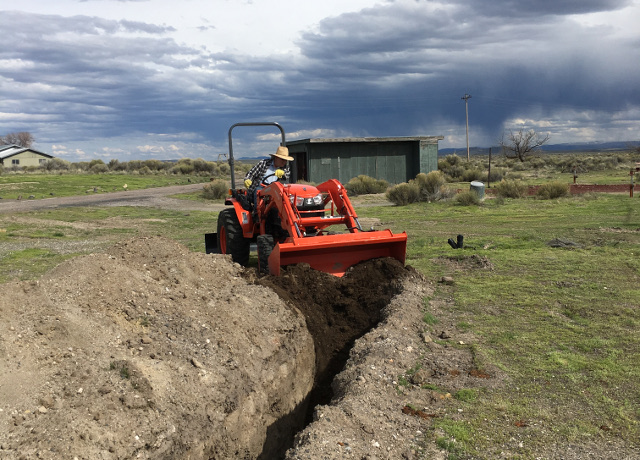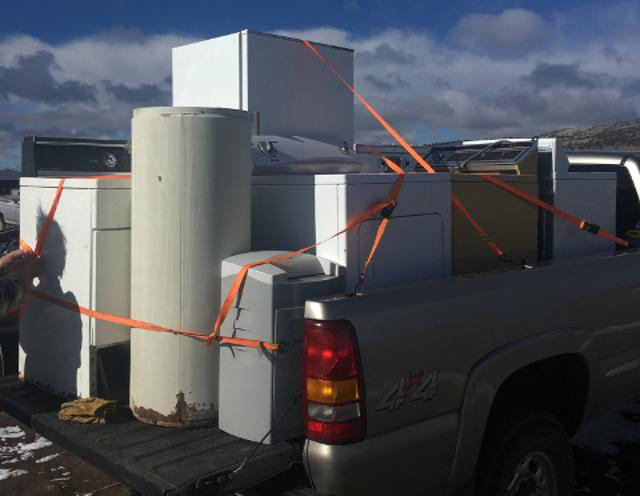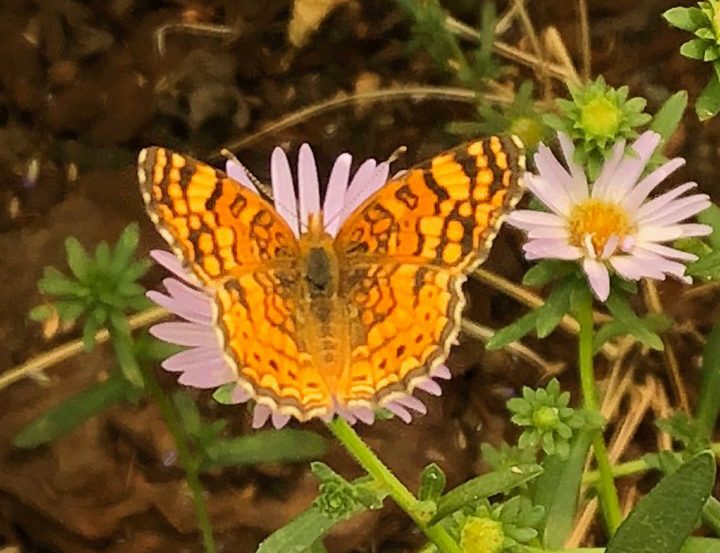GEOLOGY FIELD STUDY - SEPTEMBER 2022
Explore the geology of Harney County. In this three-night program, participants will learn about the Steens Mt. and geothermal activity in South Eastern Oregon desert.
Program, meals and lodging included in price of $550 per person.
- DATES: September 22 - September 25
(check in before 5 pm on Sept. 22; check out Sept. 25 after breakfast) - MEALS: Breakfast served at 7:00 am, pack-away lunch for the field, dinner served at 6pm.
- AMENITIES: There are various bathroom stops along the way.
Led by Michael Cummings
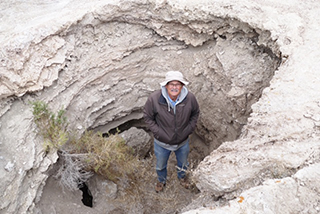
Michael is a retired Professor of Geology from Portland State University and has a long history with Malheur Field Station. He has been leading university and general-interest geology trips in the Northern Great Basin for decades.
PROGRAM SCHEDULE
SEPT 22 THURSDAY
- Arrive anytime, unpack into E-Dorm. Meet at Malcolm Hall in the AV room at 5pm
- Evening session at the station
- Dinner at 6pm in Dining Hall
- Introduction to the geology of SE Oregon
SEPT 23 FRIDAY
NORTH OF BURNS ON HWY 395
- Breakfast at 7:00 am in Dining Hall at MFS – depart for field trip to:
- Accreted terrains and evolution of western margin of North American during the Mesozoic
- Dinner Creek Welded Tuff (16million) and its local relation to older rocks (Silvies River valley)
- Divine Canyon Welded Tuff (9.7 million) and the younger westward trend of rhyolites
- Prater Creek Welded Tuff (8.0 million) and the newly discover caldera source west of Hines
- Rattlesnake Welded Tuff (7.0 million) and characteristics of zones in welded tuffs
- Dinner at 6pm in Dining Hall at MFSEvening session:
- Columbia River Basalt Group (CRGB) and its relation to rhyolite centers in Eastern Oregon. Newly defined extent of the Picture Gorge Basalt, a member of the CRBG.
SEPT 24 SATURDAY
CIRCUMNAVIGATION OF STEENS MOUNTAIN
- Breakfast served at 7:00am in Dining Hall at MFS – depart for field trip to:
- Explosion structures in Steens Mountain Basalt flows near the crest of Steens Mountain
- Steen Mountain front and active faults
- Mickey Springs – silica sinter deposits formed between about 30,000 and 18,000 years ago
- Hot spring ecosystems
- Pluvial Lake Alvord and shoreline features
- Borax Lake – construction of a biomorphic mound and silica sinter from hot spring activity
- Dinner served at 6pm in Dining Hall at MFSEvening session:
- Brief wrap up of what we’ve seen
SEPT 25 SUNDAY
Check out after breakfast, end of program

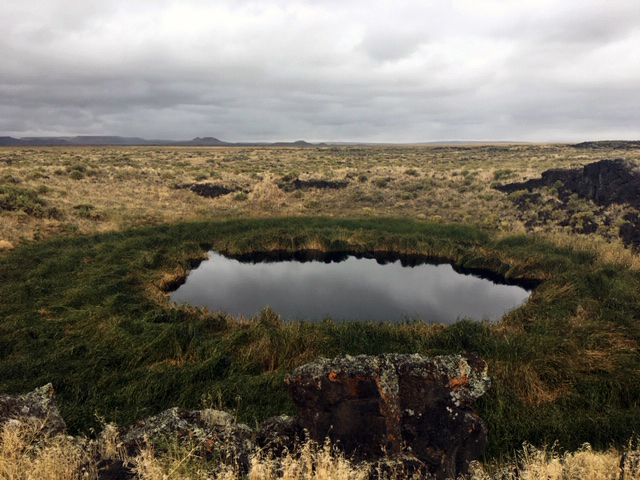

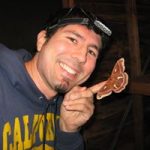 coming to MFS as a student, employee, and biologist since 1995, and has taught Entomology at the high school and college level. He is also an active researcher at UNLV who studies the biodiversity, evolution, and conservation of insects in the Hawaiian Islands.
coming to MFS as a student, employee, and biologist since 1995, and has taught Entomology at the high school and college level. He is also an active researcher at UNLV who studies the biodiversity, evolution, and conservation of insects in the Hawaiian Islands.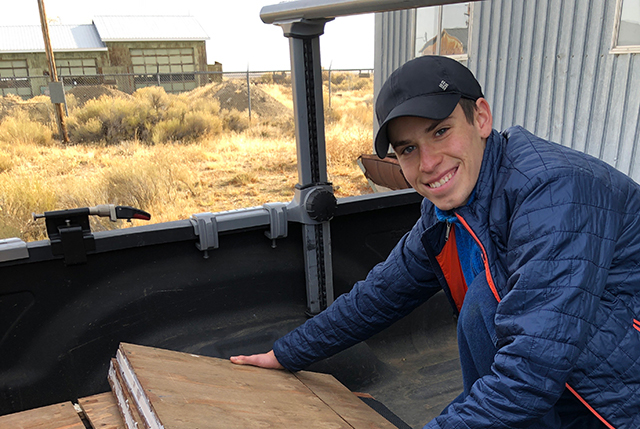
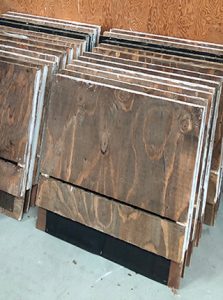 James said “I’m interested in conservation and my step father, Scott Bowler introduced me to the Malheur Field Station. James couldn’t forget the bat boxes and their importance on the refuge. “It seemed a good way to combine my interests into a school project. According to Alexis Martinez, biologist at MNWR says “There are 15 species of bats in Oregon, twelve of those species are found at Malheur”. Test results in 2019 yielded information that the 12 species on the refuge are free of white nose syndrome, a fungus decimating bat populations in some parts of the country. According to MNWR, bats eat insects, including mosquitoes and are a food source to hawks, owls, and some snakes. Weasels and raccoons will climb trees to get them.
James said “I’m interested in conservation and my step father, Scott Bowler introduced me to the Malheur Field Station. James couldn’t forget the bat boxes and their importance on the refuge. “It seemed a good way to combine my interests into a school project. According to Alexis Martinez, biologist at MNWR says “There are 15 species of bats in Oregon, twelve of those species are found at Malheur”. Test results in 2019 yielded information that the 12 species on the refuge are free of white nose syndrome, a fungus decimating bat populations in some parts of the country. According to MNWR, bats eat insects, including mosquitoes and are a food source to hawks, owls, and some snakes. Weasels and raccoons will climb trees to get them.